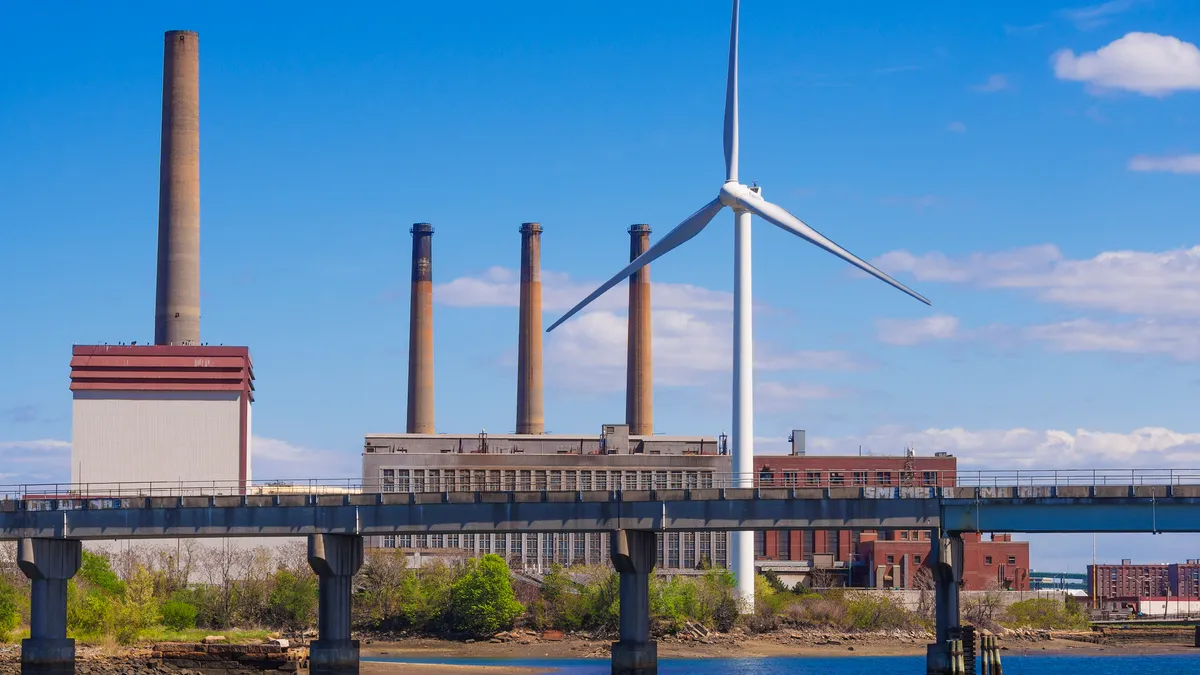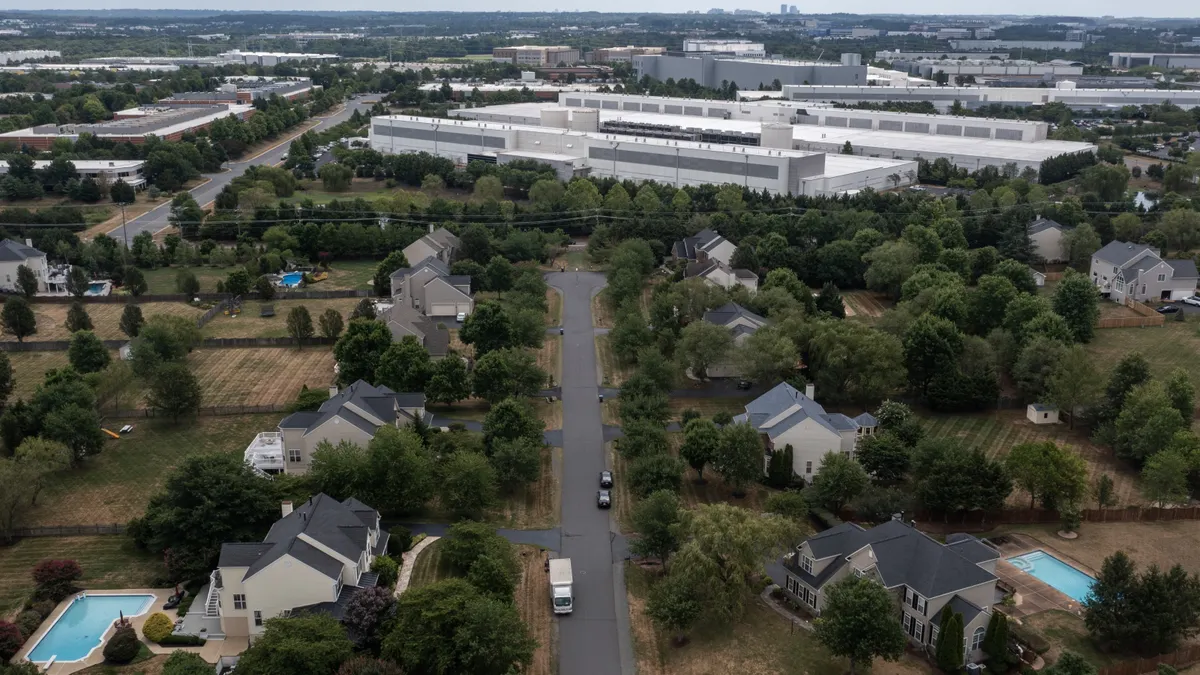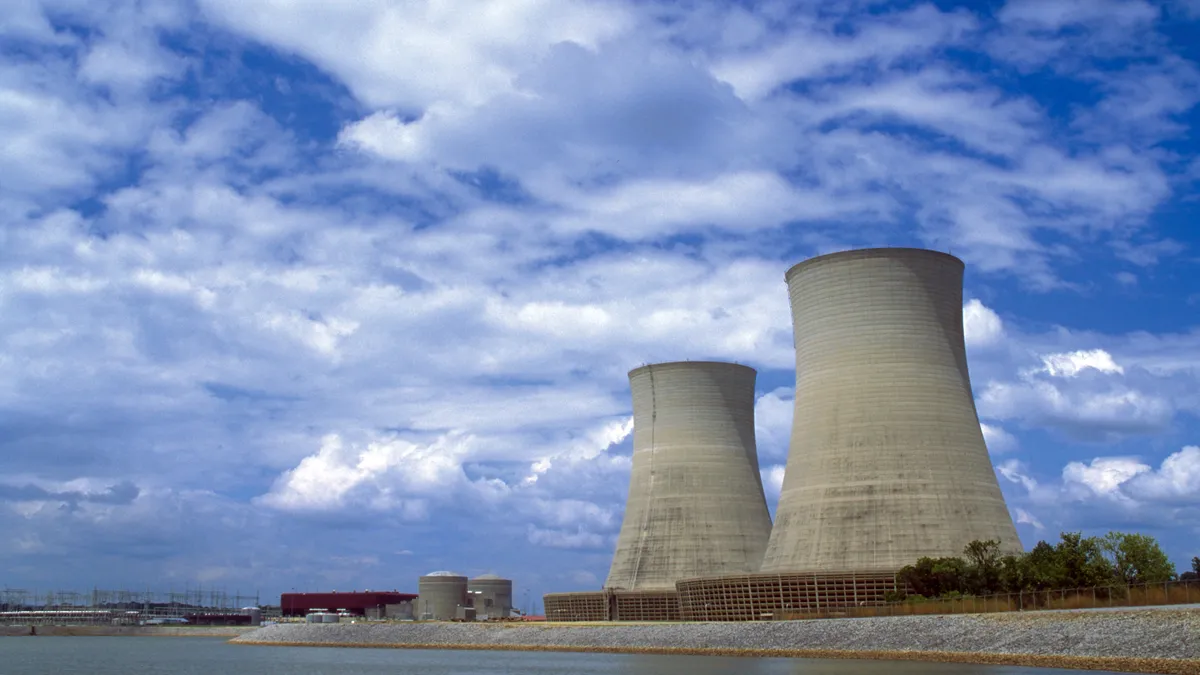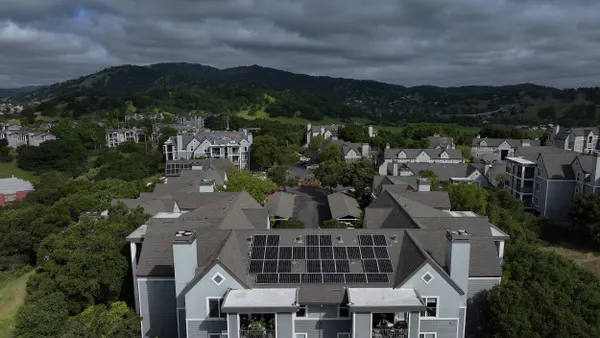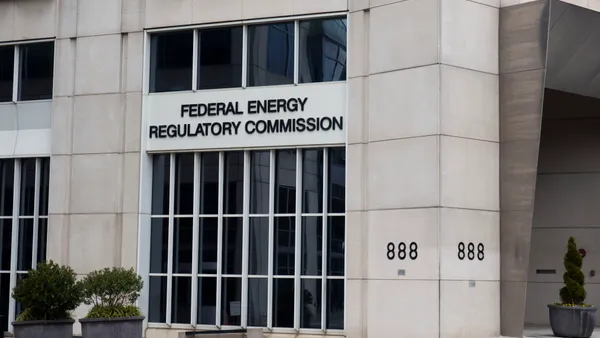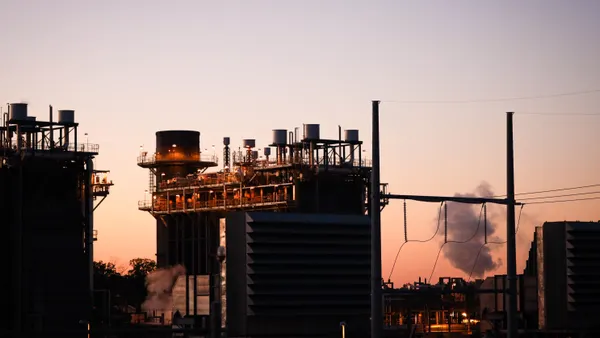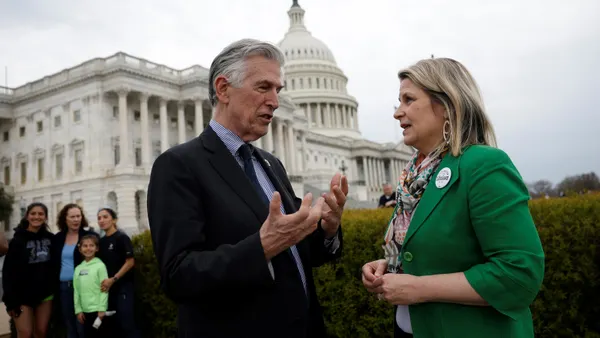Dive Brief:
- The Massachusetts Office of Energy and Environmental Affairs on Thursday published a roadmap for the state to achieve its emissions reductions targets, including cutting greenhouse gas emissions 50% by 2030 relative to 1990 levels. The Clean Energy and Climate Plan for 2025 and 2030, or CEC, also sets the state on a path towards carbon neutrality by 2050.
- The plan takes two main approaches — electrification of end uses, and the decarbonization of Massachusetts’ electricity system — to reduce emissions from buildings, the transportation sector, power generation, industrial processes and other sources.
- Strategies include transitioning to electric vehicles, reducing growth in total vehicle miles traveled, adding offshore wind, solar and storage, and converting building heating systems to utilize heat pumps.
Dive Insight:
Baker’s office said Massachusetts is already showing progress on its targets. In 2020, the state reduced GHG emissions an estimated 31.4% below 1990 levels and is closing in on a 33% target for 2025.
The roadmap “is a comprehensive and balanced plan that will serve as a guide for Massachusetts as we work to achieve ambitious emissions goals and reach Net Zero in 2050 in an equitable and affordable manner,” Baker said in a statement.
Transportation is the largest source of Massachusetts’ GHG emissions, accounting for about 37% of the state’s total in 2020. The CEC targets an 18% reduction in those emissions by 2025 and a 34% decline by 2030, compared to 1990, through a shift to electric vehicles and improvements to public transportation.
The state will boost EV sales “through the implementation of vehicle emissions standards that will require all passenger vehicle sales and most medium- and heavy-duty vehicle sales to be electric by 2035,” according to the plan. Massachusetts will also support consumers going electric “by exploring convenient, point of sale rebates for electric vehicle purchases and by investing in charging infrastructure,” it said.
Achieving equitable energy outcomes is a focus of the CEC plan, and in the transportation sector the plan says the state will create a “targeted incentive for low-to-moderate-income residents” and prioritize the electrification of “fleets with significant public health benefits, such as school buses, delivery trucks, and vehicles for hire.”
The plan “establishes an unprecedented strategy that will improve key sectors, such as transportation and buildings, while ensuring an equitable transition with a focus on environmental justice areas that will guide us into a sustainable future,” Massachusetts Energy and Environmental Affairs Secretary Beth Card said in a statement.
National Grid responded to the plan, saying the utility “is laser-focused” on making the state’s transportation and energy systems cleaner and more efficient. “We will continue to be a thoughtful and engaged partner in these important conversations,” the utility said.
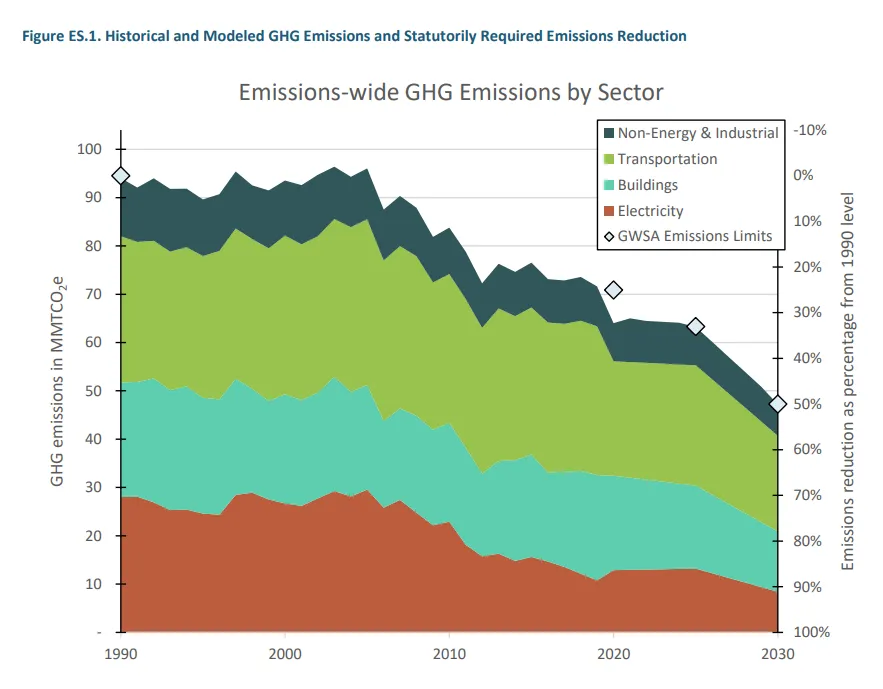
Heating Massachusetts buildings is the source of about 30% of the state’s GHG emissions, according to the plan. The state has a Commission on Clean Heat which is considering different strategies to limit emissions from the sector, “including an emissions cap and a uniform method to measure and report building energy use and associated GHG emissions,” the plan said.
The state is targeting a 28% reduction in emissions from residential and commercial buildings by 2025, and a 47% reduction by 2030.
Emissions from the electric power sector accounted for about 20% of the state’s GHG emissions in 2020, and the CEC plan targets reductions of 53% in 2025 and 70% in 2030.
“The geographic diversity of clean energy available to New England will require the construction of new transmission and distribution infrastructure to connect the new hydroelectric, wind, and solar resources,” the plan said. “Careful planning, including public outreach, will be necessary to minimize the environmental impact associated with such infrastructure investments and to mitigate any potential burdens on communities, particularly those with environmental justice populations.”
The smallest portion of Massachusetts’ GHG emissions comes from industrial and non-energy sources, which include leaks from refrigeration systems, natural gas infrastructure, solid waste management systems, agricultural processes and other sources.
Ro address those emissions, the plan calls for the state to “explore additional ways to reduce leakage of sulfur hexafluoride from electric transmission equipment and gas leaks from our natural gas distribution infrastructure.”
An economic analysis of the CEC plans’s potential impacts sees significant job growth, said officials. According to the plan, modeling shows the 2025 and 2030 targets result in a net gain of over 22,000 jobs by 2030, “most of which will be in installing electric vehicle chargers, solar photovoltaic projects, energy efficiency retrofits in buildings, offshore wind projects, and transmission lines to connect the clean energy that powers the economy.”



